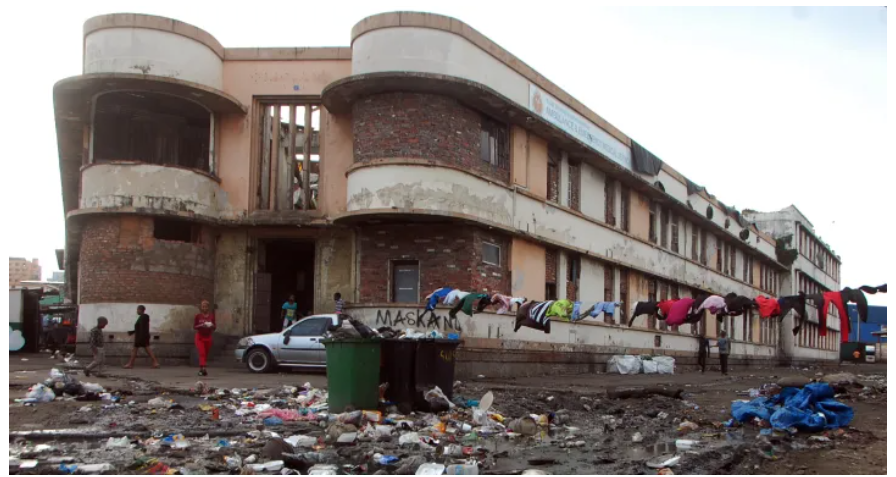Saving Souls Beneath Temporal Splendour
The priests who run the Emmanuel Cathedral in Durban's Warwick Avenue Triangle are understandably not overly excited about the renovations to their majestic 100-year-old church.
Fathers Stephen Tully, Brian Reid and intern Brett Williams, are, after all, in the business of saving souls. But there is a glimmer in their eyes when they take visitors around the mother church of the Durban Catholic Archdiocese, built in 1903 and being refurbished from overseas donations to the tune of about R5 million.
Most people, apart from foreign tourists and the 3 000 parishioners at the cathedral, don't know much about the historic building.
But renovations to the landmark building have done much to inspire confidence in downtown Durban and city officials say the upgrades have clearly contributed to urban renewal programmes.
According to Reid, who is also a historian, the site of the first Catholic church in Durban, in West Street, was considered "too noisy".
Little did the church fathers realise how busy the new site would be. The cathedral was built for £48 000 from the proceeds of the sale of the West Street site. Certain materials and ideas from the original church, including the bell tower, church spire and stained glass windows, were incorporated into the new building.
An organ was bought in 1911 for the equivalent of R2 700 - it is now valued at more than R15 million. This week engineers hoisted half a dozen steel girders, some weighing as much as 600kg, up to the bell tower to reinforce the 130-ton structure.
Contractor Malcolm Lawton said brickwork had been done to the exterior of the 38m tall tower and the girders were put in to repair a crack, caused from the bells knocking against the wall.
The bigger of the two bells weighs about a ton.
The cost of the bell tower restoration is about R1.5 million. Said architect Robert Brusse: "The bricks used in the construction of the cathedral were under fired and have crumbled over the years. The cracks in the octagonal belfry were partly because of the bells being too big for the space available and also because steel joists in the structure had rusted.
The whole structure has moved about 20mm.
"What we are doing involves an extraordinary challenge. We have put a temporary steel skeleton inside the tower to hold up the belfry while we replace the floor with a new reinforced concrete floor."
Refurbishment of the cathedral began in 1997 and to date about R3.5 million has been spent on repairing the interior of the church, said Tully.
Plans are afoot to raise more money overseas to refurbish the multi-storey priests' house which is annexed to the cathedral, to create a city guest house for visiting priests.
Said Tully: "We get a lot of tourists coming here and we have produced brochures on the cathedral. The interest is great, but for us the renovations are important because we are a very busy, viable parish.
"We're in a central area and serve mainly working class people who live in the city.
"We will be putting lights at the base of the cathedral to light it at night. We are also re-doing the garden with the help of the local botanical society."
But while the renovations and upgrades have their place, Tully and his colleagues are more excited about their Nkosinathi "God is with us" outreach project.
This has seen them renovate a section of their parish centre to help homeless people. The facility has showers, toilets and a kitchen. The priests and their church committee feed and clothe more than 100 people a week from donations made by parishioners. They want to provide a service where homeless people can have their clothes laundered too.
(By Greg Arde. This story first appeared in the Sunday Tribune sometime in the late 1990s.)




